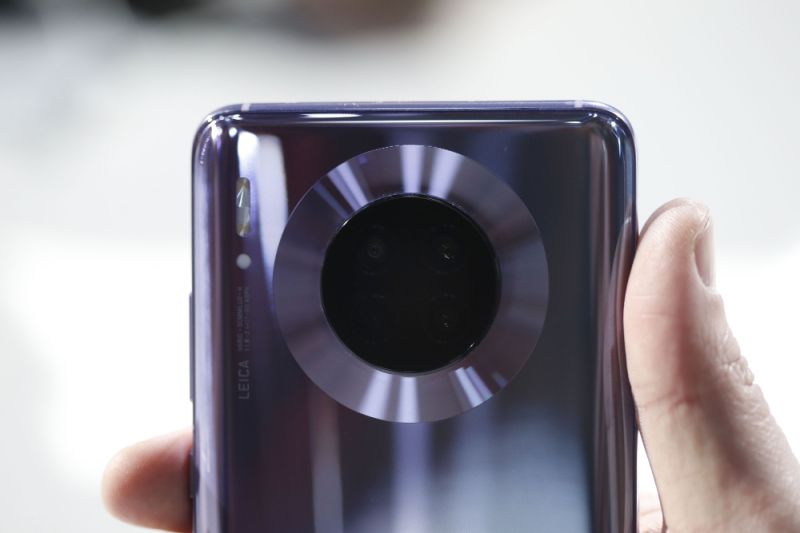
(Bloomberg) — One of Huawei Technologies Co.’s biggest trade war headaches has just gotten worse, as an unofficial workaround to the Trump administration ban on using Google apps and services has been quashed.
Security researcher John Wu published an illuminating post Tuesday that explained how users of Huawei’s Mate 30 Pro were able to manually download and install Google apps, despite a U.S. blacklisting that prohibits the Chinese company from using American components and software. The process allowed the Mate 30 Pro (along with the basic Mate 30) to run popular apps like Google Maps and Gmail that otherwise would not be permitted.
In the wake of Wu’s revelations, the Mate 30 devices lost their clearance to manually install Android apps, as reported by a number of smartphone experts. Only Google is able to make that kind of change through what’s known as its SafetyNet anti-abuse check.
“Although this ‘backdoor’ requires user interaction to be enabled, the installer app, which is signed with a special certificate from Huawei, was granted privileges nowhere to be found on standard Android systems,” Wu wrote on Medium.
Google declined to comment for this story. Huawei didn’t immediately provide comment.
An easy-to-use app enabling the installation of Google apps and services on the Mate 30 Pro, called LZPlay, had emerged alongside the device’s release, however it has disappeared after Wu’s posting. The researcher said in his findings that “it is pretty obvious that Huawei is well aware of this ‘LZPlay’ app, and explicitly allows its existence.”
Huawei’s New Android Phone Lacks Luster Without Google Apps
Effectively, the change makes sure that the U.S. ban on Google services for the Mate 30 Pro is ironclad — and many of the users outside of China who might have obtained or imported the device will now have only the bare Android-based Huawei user experience.
At the heart of Huawei’s problems is the Google Play Store, a system-level app that’s part of Google’s licensed bundle, which opens access to the full panoply of Android applications. With it on board, an Android device can more effectively compete with Apple Inc.’s iPhone and App Store, equipped with globally popular apps like YouTube, Instagram, Netflix and Spotify. Without it, no matter how great its specs and performance, an Android device is a tough sell for U.S. or European customers. The U.S. trade ban has been damaging to Huawei because it undercuts the company’s ability to compete in the premium smartphone market in Europe, which had been one of its growing drivers.
Huawei doesn’t have the same challenge in its native China because the government already bans most Google apps and services on all smartphones.Instead, Chinese users rely on Tencent Holdings Ltd.’s WeChat as the do-it-all super-app, plus a diversity of other sources for apps, games and entertainment, an ecosystem that’s developed precisely because of Google’s absence.
With the latest blow to the Mate 30 Pro, Huawei’s prospects for global smartphone sales dim even further.
To contact the reporter on this story: Vlad Savov in Tokyo at [email protected]
To contact the editors responsible for this story: Edwin Chan at [email protected], Peter Elstrom, Colum Murphy
<p class="canvas-atom canvas-text Mb(1.0em) Mb(0)–sm Mt(0.8em)–sm" type="text" content="For more articles like this, please visit us at bloomberg.com” data-reactid=”31″>For more articles like this, please visit us at bloomberg.com
©2019 Bloomberg L.P.











Add Comment